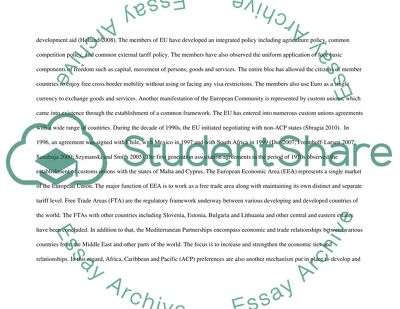Cite this document
(“Integrating the Least Developed Countries into the World Trading Essay”, n.d.)
Retrieved from https://studentshare.org/macro-microeconomics/1397590-europe-in-the-international-economics-order
Retrieved from https://studentshare.org/macro-microeconomics/1397590-europe-in-the-international-economics-order
(Integrating the Least Developed Countries into the World Trading Essay)
https://studentshare.org/macro-microeconomics/1397590-europe-in-the-international-economics-order.
https://studentshare.org/macro-microeconomics/1397590-europe-in-the-international-economics-order.
“Integrating the Least Developed Countries into the World Trading Essay”, n.d. https://studentshare.org/macro-microeconomics/1397590-europe-in-the-international-economics-order.


